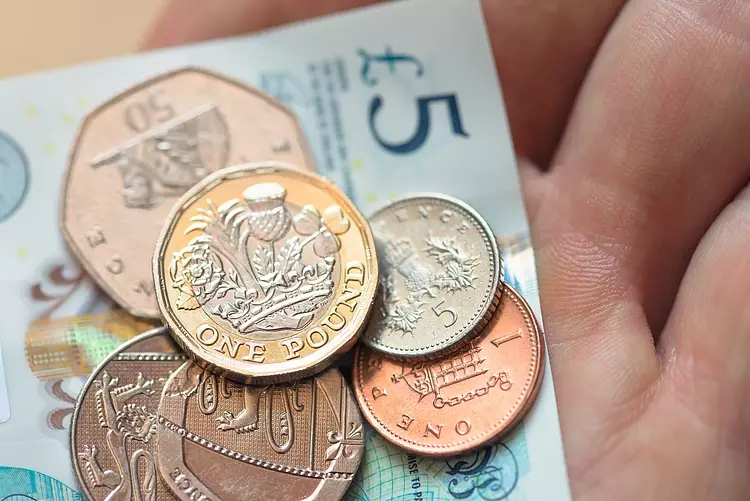The Bank of England (BoE) is anticipated to start decreasing interest rates in August. The monetary policy statement released by policymakers indicates that the decision to maintain interest rates at 5.25% was seen as “finely balanced.” This has led to speculations that rate cuts are imminent, as investors interpret this as a signal that a reduction in borrowing rates is on the horizon.
Market expectations for BoE rate cuts have strengthened as annual headline inflation has returned to the desired rate of 2%. Despite this positive development, officials remain cautious about persistent service inflation, with concerns about the risks that it poses. The recent deceleration in service inflation to 5.7% in May raised some red flags for investors, who were expecting a decline to 5.5%.
Furthermore, the UK’s economic outlook has become a cause for concern following a slowdown in the service sector, as indicated by the preliminary S&P Global/CIPS PMI report for June. The uncertainty surrounding the business environment ahead of the general elections has led to a pause in decision-making by many firms, awaiting clarity on various policies.
The Pound Sterling has found temporary support near 1.2620 against the US Dollar, but its near-term outlook remains uncertain. The GBP/USD pair has dipped below the 20-day and 50-day Exponential Moving Averages (EMAs) at 1.2700 and 1.2670, respectively. Additionally, the Cable has fallen below the 61.8% Fibonacci retracement support at 1.2667, signaling potential downside pressure.
The 14-day Relative Strength Index (RSI) has retreated into the 40.00-60.00 range, suggesting a loss of upside momentum for the Pound Sterling. These technical indicators point towards a challenging period for the GBP in the near future.
The Pound Sterling, being the oldest currency in the world and the official currency of the United Kingdom, is heavily influenced by monetary policy decisions made by the Bank of England. The BoE aims to achieve “price stability” by maintaining an inflation rate of around 2%, using interest rate adjustments as its primary tool.
Economic indicators such as GDP, Manufacturing and Services PMIs, and employment data play a crucial role in shaping the value of the Pound Sterling. A strong economy attracts foreign investment and may prompt the BoE to raise interest rates, bolstering the GBP. Conversely, weak economic data can lead to a depreciation of the Pound Sterling.
The Trade Balance is another significant factor impacting the value of the Pound Sterling. A positive net Trade Balance, indicating a surplus from exports, strengthens a currency due to increased demand. On the other hand, a negative balance exerts downward pressure on a currency.
The Pound Sterling is facing a period of uncertainty, with economic and political factors contributing to its volatile performance. Investors and traders will closely monitor developments in the UK economic landscape, particularly the outcome of the upcoming elections and the BoE’s monetary policy decisions, to gauge the future direction of the GBP.


Leave a Reply